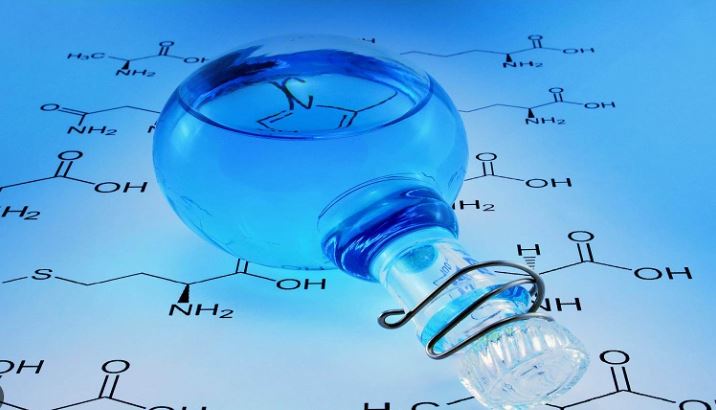Inorganic compounds, distinct from organic compounds, do not primarily contain carbon-hydrogen bonds. These compounds play pivotal roles in medicine, contributing to the treatment and management of various health conditions. Their unique chemical properties make them valuable in pharmaceutical formulations, diagnostic tools, and therapeutic interventions. This post delves into the types of inorganic compounds used in medicine and their applications.

Inorganic Compounds in Medicine
Metal-Based Medications
Metal-based medications include compounds where metals are integral to their function. One of the most prominent examples is cisplatin, a platinum-based drug used in cancer therapy. Cisplatin works by binding to DNA and interfering with cancer cell replication, making it effective against various types of tumors. Another significant metal-based compound is lithium carbonate, used in the treatment of bipolar disorder. Lithium helps stabilize mood swings and is essential in managing the condition effectively.
Antiseptics and Disinfectants
Inorganic compounds play a crucial role in antiseptics and disinfectants, which are vital for preventing infections and maintaining hygiene. Silver compounds, such as silver nitrate and silver sulfadiazine, have long been used for their antimicrobial properties. Silver nitrate is used in wound care to prevent infection, while silver sulfadiazine is applied to burn wounds. Similarly, iodine-based compounds, like iodine tincture and povidone-iodine, are commonly used for skin disinfection before surgical procedures and in treating minor cuts and abrasions.
Diagnostic Agents
Inorganic compounds are essential in diagnostic imaging and laboratory tests. Contrast agents containing iodine, such as iohexol and iopamidol, are used in X-ray and computed tomography (CT) scans to enhance the visibility of internal organs and structures. These compounds absorb X-rays differently than surrounding tissues, providing clearer images for accurate diagnosis. Additionally, radioactive isotopes, such as technetium-99m, are used in nuclear medicine for imaging and functional studies of various organs, including the heart and bones.
Electrolytes and Replacements
Electrolytes, inorganic ions essential for maintaining fluid balance and proper cellular function, are crucial in medical treatments. Sodium chloride (salt) and potassium chloride are commonly used in intravenous solutions to replenish electrolytes lost due to dehydration, illness, or surgery. These solutions help restore electrolyte balance and ensure normal physiological function. Calcium salts, such as calcium carbonate and calcium citrate, are used to treat or prevent calcium deficiencies and support bone health, particularly in conditions like osteoporosis.
Antacids and Acid-Reducing Agents
Inorganic compounds also play a significant role in treating gastrointestinal disorders. Antacids, such as magnesium hydroxide and aluminum hydroxide, neutralize excess stomach acid, providing relief from heartburn and indigestion. These compounds work by reacting with hydrochloric acid in the stomach, reducing acidity and alleviating discomfort. Additionally, compounds like sodium bicarbonate are used to manage metabolic acidosis and regulate pH levels in various medical conditions.
Conclusion
Inorganic compounds are integral to modern medicine, offering diverse applications from therapeutic interventions to diagnostic techniques. Their unique chemical properties enable effective treatment and management of various health conditions, highlighting their importance in healthcare. Understanding the roles of these compounds enhances our appreciation of their contributions to medical science and underscores their value in improving patient outcomes.




